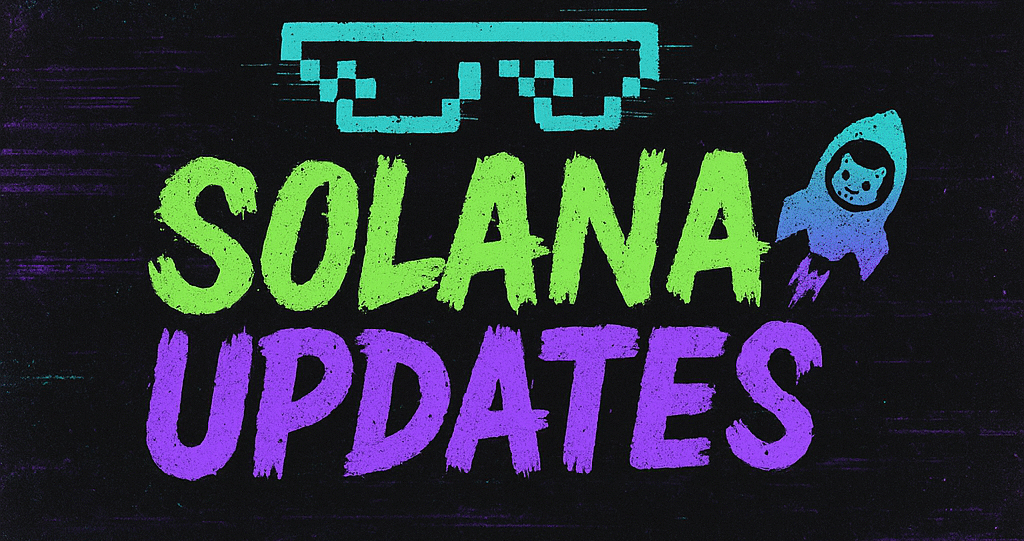June Heatwave Causes Decline in Bitcoin Network Hashrate, Reports JPMorgan
In a recent analysis released by JPMorgan, a significant drop in Bitcoin’s network hashrate was observed in June. The decline was primarily attributed to miners scaling back their operations in response to the intense heatwave that swept across various regions, affecting energy consumption and operational efficiency.
The term ‘hashrate’ refers to the total computational power used to mine and process transactions on the Bitcoin blockchain. When the hashrate decreases, it indicates that fewer miners are operating, which can potentially slow down transaction processing and block discovery rates.
Weather’s Impact on Mining Operations
Weather conditions play a crucial role in cryptocurrency mining operations. The recent heatwave posed significant challenges, especially in regions where mining facilities rely heavily on air cooling systems to maintain optimal equipment performance. With average temperatures soaring, miners faced increased operational costs due to higher electricity consumption needed for cooling, prompting many to reduce or halt their mining activities to prevent overheating.
JPMorgan’s report highlights that the decline was not uniform across all regions but was more pronounced in areas where infrastructure is less resilient to extreme temperatures. This pattern was particularly evident in North America and parts of Asia, where the heatwave’s impact was most severe.
Adaptive Strategies and Future Considerations
In response to these environmental challenges, some mining operations have begun exploring alternative strategies. These include investing in more efficient cooling technologies, shifting operations to cooler climates, or even transitioning to renewable energy sources that can mitigate some of the operational costs associated with high energy consumption. Such strategies not only help in maintaining operational efficiency during adverse weather conditions but also align with the increasing global emphasis on sustainable energy practices.
Furthermore, the report suggests that the recent decline might serve as a catalyst for the industry to reevaluate its dependency on traditional energy sources and consider the long-term benefits of sustainable and resilient infrastructure.
Market Implications
The temporary reduction in hashrate during June has broader implications for the Bitcoin network and its stakeholders. While a lower hashrate can lead to slower transaction processing times, it also introduces an element of scarcity in block rewards, potentially affecting Bitcoin’s price dynamics in the short term. However, as mining operations stabilize with the cooling of temperatures and adaptation to new strategies, the hashrate is expected to normalize.
The JPMorgan analysis underscores the interconnectedness of environmental factors and technological operations in the cryptocurrency mining sector. As climate patterns become increasingly unpredictable, the industry may need to prioritize adaptive strategies to ensure consistent and sustainable operations.
In conclusion, the June heatwave serves as a reminder of the vulnerabilities that exist in the cryptocurrency mining industry, particularly in relation to environmental factors. As miners and industry stakeholders continue to navigate these challenges, the lessons learned may pave the way for more resilient and sustainable mining practices in the future.
🛒 Recommended Product: Check out top-rated crypto gear on Amazon


